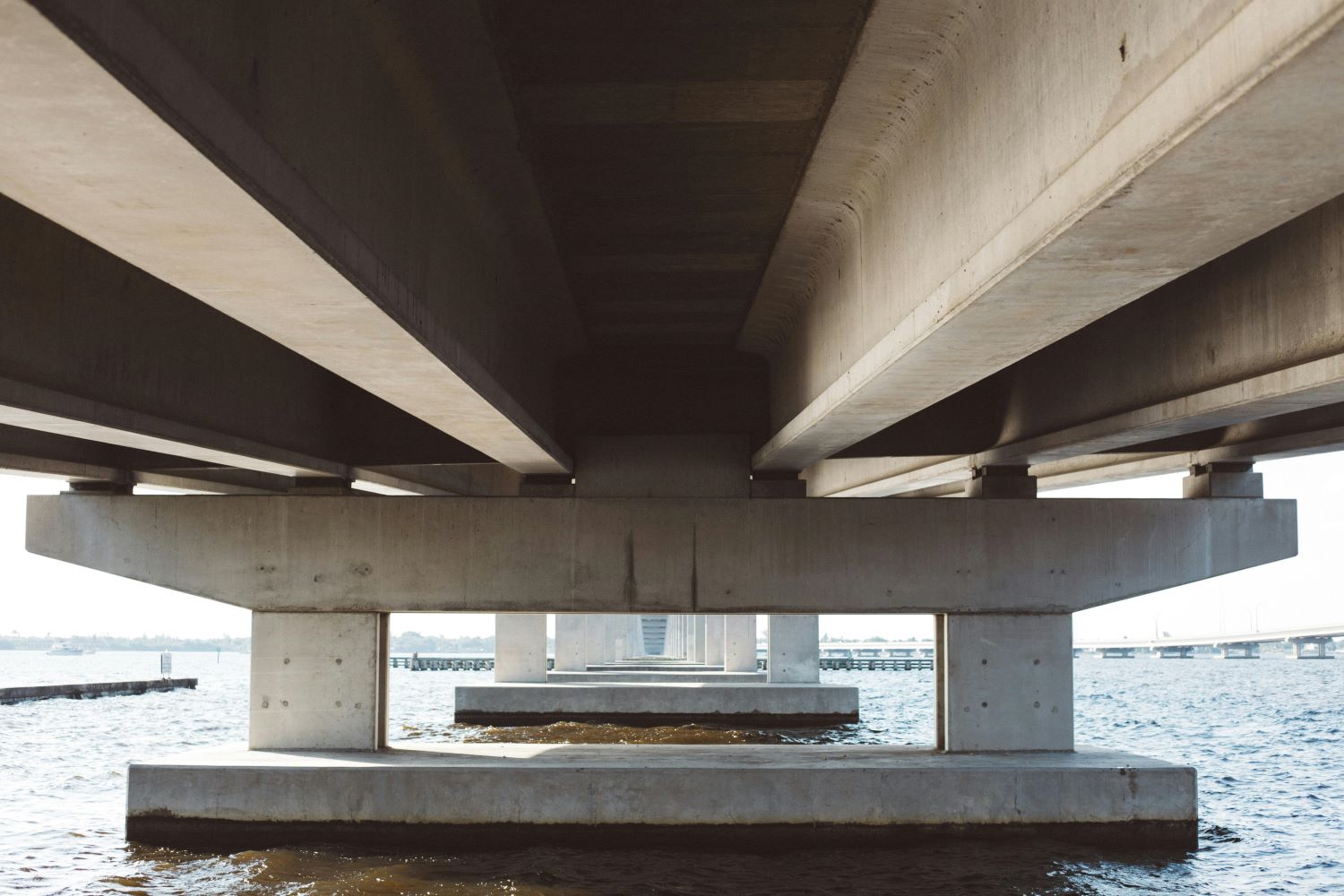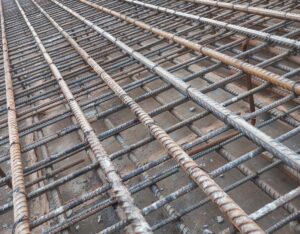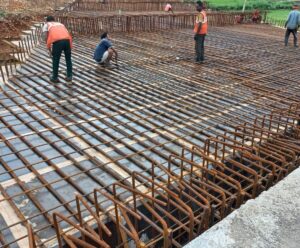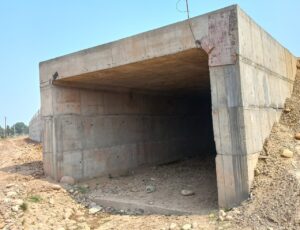In the world of construction and civil engineering, understanding the differences between various structures is crucial. Two such structures are culverts and bridges. While they may seem similar at first glance, their differences are significant and worth exploring. In this article, we will provide valuable insights into the differences between a culvert and bridge.
What is a Culvert?
A culvert is a type of bridge with a span of less than 6 meters. basically culvert is a structure that allows water to flow under a road, railroad, trail, or similar obstruction. Typically made from materials like concrete, steel, or plastic, culverts are designed to manage water flow in small water bodies, such as streams and drainage ditches.
What is a Bridge?
A structure with a span of more than 6 meters is called a bridge. basically A bridge, on the other hand, is a structure built to span physical obstacles like water bodies, valleys, or roads, providing a passageway over these obstructions. Bridges are constructed from various materials, including steel, concrete, wood, and sometimes even stone.
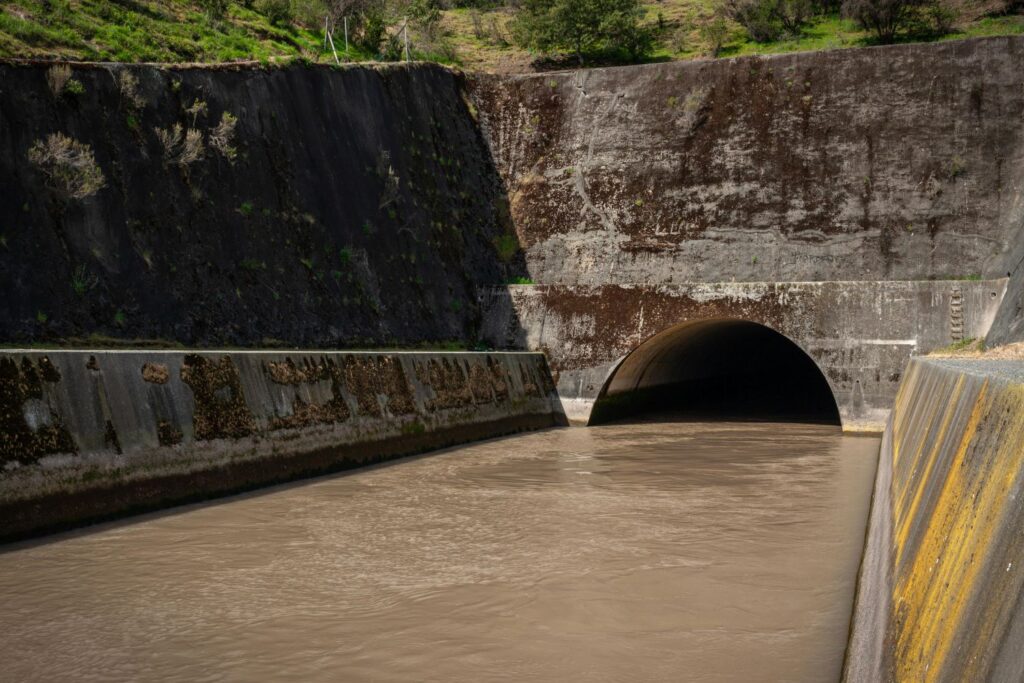
differences between culvert and bridge
| Feature | Culvert | Bridge |
|---|---|---|
| Design and Construction | Simpler, pipe or box-like structure | Range from simple beam to complex designs |
| Materials Used | Concrete, corrugated steel, HDPE | Steel, concrete, wood, composites |
| Purpose and Functionality | Allows water to pass under roads/railways | Provides passage over obstacles like rivers/canyons |
| Size and Span | Small, typically up to 20 feet | Variable, from small footbridges to massive bridges |
| Load-Bearing Capacity | Supports road load, not heavy loads directly | Engineered to carry significant loads |
| Installation and Maintenance | Relatively quick and straightforward | Complex process requiring extensive planning and engineering |
| Environmental Impact | Lower impact if designed properly | Significant impact during construction and lifecycle |
| Cost Considerations | More cost-effective | More expensive due to complexity and materials |
| Use Cases | Roadways, railways, driveways (small streams/drainage) | Large obstacles (rivers, valleys, highways, railroads) |
| Advantages | Cost-effective, quick installation, low maintenance | Spans large distances, supports heavy loads, essential for transportation |
| Disadvantages | Limited to small spans, can disrupt water flow/habitats | High construction/maintenance costs, significant environmental impact |
This table should help in quickly understanding the key differences between culverts and bridges in various aspects of design, construction, materials used, functionality, and more.
Conclusion
Understanding the differences between culverts and bridges is essential for selecting the right solution for various construction needs. Culverts are cost-effective and suitable for managing small water flows, while bridges are necessary for spanning large obstacles and supporting significant loads. Each structure has its unique benefits and challenges, and the choice between them depends on the specific requirements of the project.
What materials are commonly used in culvert construction?
Common materials include concrete, corrugated steel, and high-density polyethylene, chosen for their durability and cost-effectiveness.
What are the main challenges in bridge construction?
Challenges include site selection, environmental impact, material durability, and ensuring structural integrity under various loads and conditions.
How do culverts and bridges impact wildlife?
Culverts can disrupt aquatic habitats if not properly designed, while bridges can affect terrestrial and aquatic ecosystems. Both structures can be designed to minimize their environmental impact.

